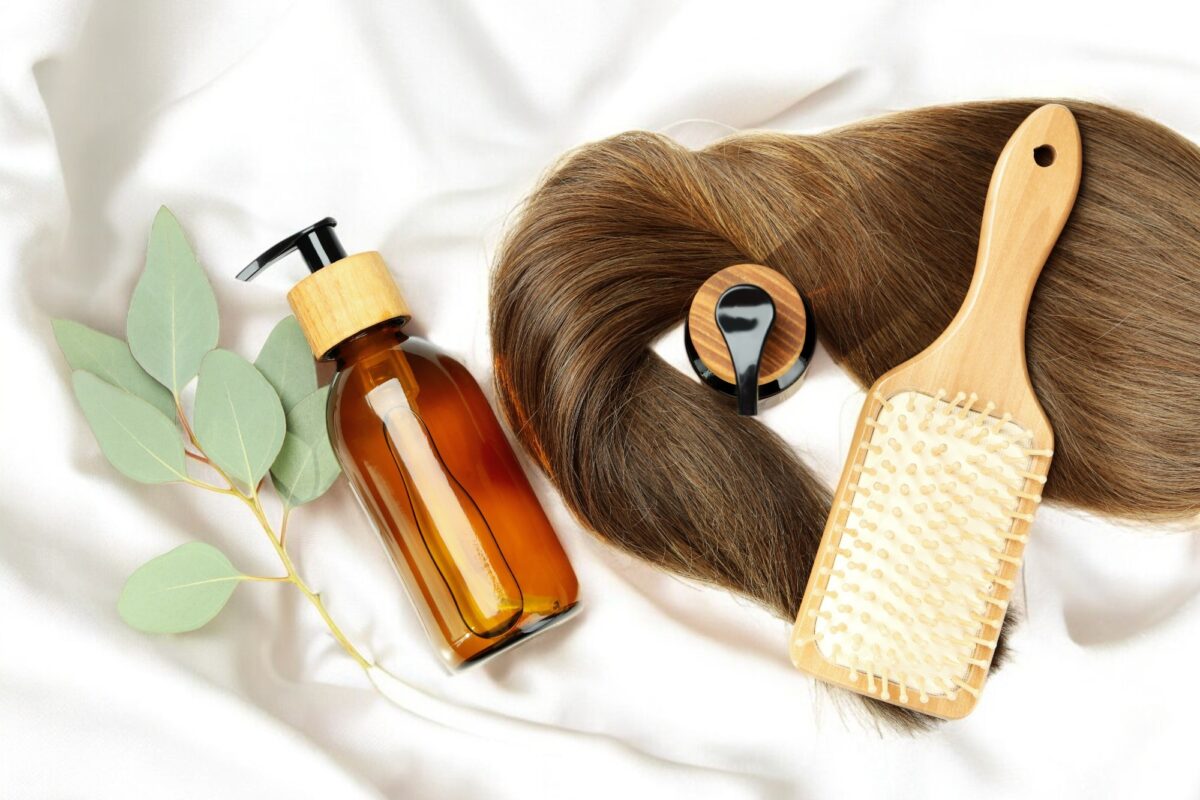Uncategorized
How to protect your hair from heat damage: Tips and advice
Introduction :
Your hair is precious, but it’s also vulnerable, especially when exposed to heated tools like hair dryers, straightening irons or curling irons. Excessive heat can lead to brittle, dull hair and split ends. The good news? With the right practices, you can minimize the effects of heat and protect your hair from thermal damage.
In this article, we’ll explore the causes of heat damage, its effects, and give you some practical tips for preserving the health of your hair while continuing to use your favorite styling tools.
1. What is thermal damage?
Thermal damage occurs when excessive heat applied to the hair alters its natural structure.
How does it happen?
- Moisture loss: Heat evaporates water from the hair, leaving it dry and brittle.
- Alteration of keratin: Keratin, which gives hair strength and elasticity, can be degraded by repeated exposure to heat.
- Split ends: Hair fibers weakened by heat split, creating split ends.
Heating tools can be handy, but improper use can have long-term effects on your hair.
2. Signs of heat-damaged hair
You may recognize thermal damage by these signs:
- Texture rough and dry to the touch.
- Dull appearance with no natural shine.
- Brittle or brittle hair that breaks easily.
- Frequent split ends.
- Difficulty styling or unruly strands.
3. How to Protect Your Hair from Thermal Damage: Our Tips
Here are some simple but effective steps to protect your hair from the damaging effects of heat.
1️⃣ Use a Thermal Protector
A thermal protector is your first shield against heat damage. These products create a barrier that limits the temperature rise of hair fibers.
- How do I use it?
Spray or apply a small amount of thermal protector to damp or dry hair before using a heat tool. - Tip: Opt for a protector containing nourishing ingredients such as argan oil or vitamin E.
2️⃣ Set the Temperature According to Your Hair Type
Each hair type has a different tolerance to heat:
- Fine or fragile hair: Do not exceed 150-170°C.
- Normal or wavy hair: Ideal temperature 170-200°C.
- Thick, curly or frizzy hair: You can go up to 230°C, but with care.
👉 Tip: Opt for styling tools with temperature settings for better heat control.
3️⃣ Limit the use of heating tools
Moderation is essential to prevent thermal damage.
- Reduce frequency: Try not to use your heat tools every day. Let your hair breathe by adopting natural or heat-free styles.
- If possible, let your hair dry naturally before styling.
4️⃣ Moisturize and Repair Your Hair
Heat can dehydrate your hair, leaving it dry and brittle. To counteract this:
- Use moisturizing hair masks at least once a week. Look for products containing coconut oil, shea butter or aloe vera.
- Apply hair oils: Oils such as argan, avocado or castor oil help restore moisture and shine.
5️⃣ Choose the right heating tools
Not all styling tools are created equal when it comes to hair protection.
- Ceramic or tourmaline plates are preferable: they heat evenly and reduce the risk of burns.
- Invest in a quality straightening or curling iron equipped with modern technologies such as negative ions or heat sensors.
6️⃣ Cut Your Hair Regularly
Even with a rigorous maintenance routine, split ends can appear. Plan a trim every 6 to 8 weeks to eliminate damaged ends and keep your hair healthy.
4. Bonus: Alternatives to heat styling
Give your hair a break from heat by trying heatless hairstyles:
- Braids for natural waves: Braid your hair slightly damp and let it dry for perfect waves.
- Flexible curlers: Use curlers for heat-free curls.
- Wrap or bandana techniques to straighten your hair without heating tools.
Conclusion: Take Care of Your Hair While Styling
Protecting your hair from thermal damage is essential to maintaining its health and beauty. By adopting good practices such as using a thermal protector, adjusting the temperature appropriately and regular moisturizing maintenance, you can enjoy stylish hairstyles without compromising the quality of your hair.
🌟 A final word of advice: be gentle with your hair and alternate between heat and no-heat styles to avoid excessive exposure.
💬 What tips do you have for protecting your hair from heat? Share your tips in the comments!
FAQs
1. Why is the use of a thermal protector essential?
Thermal protector acts like a shield to reduce the impact of heat on hair fibers, preventing breakage and dryness.
2. What’s the ideal temperature for straightening or curling my hair?
For fine hair, do not exceed 150-170°C, while thick hair can tolerate up to 230°C.
3. Can I repair hair already damaged by heat?
Although damage cannot be totally reversed, moisturizing masks and hair oils can improve the appearance and texture of your hair.
4. How often should I use heated tools?
Ideally, limit their use to 2 or 3 times a week to avoid excessive exposure to heat.
5. Do heatless hairstyles work?
Yes, heatless techniques such as braids or curlers can produce a variety of styles while preserving hair health.


